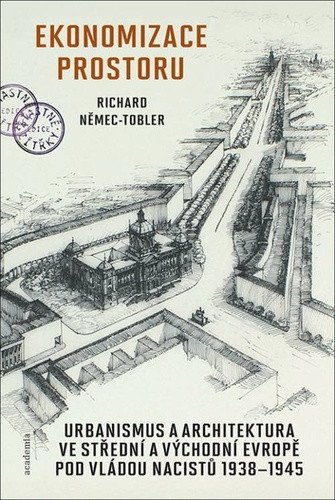Description
The central ideological concept of national socialism from 1938 to 1945 was the new German living space. The occupation of Central and Eastern Europe was intended to contribute to its expansion. Territorial and spatial planning, urbanism, and architecture and construction in general were subordinated to this goal, which can be understood not only as part of ideologized occupation techniques and a manifestation of cultural imperialism, but especially as a means of economizing space. The emphasis on the modern character of Nazism, which asserted itself in this way, is evident. The presented book analyzes the general resettlement plans in selected central locations in the Czech Sudetes (Liberec, Karlovy Vary, Ústí, and Opava), the Protectorate of Bohemia and Moravia (Prague and Brno), in the territory of the former Slovak state under fascist rule (Bratislava), and in Poland (Warsaw, Krakow, Wrocław). In this context, professional groups of planners played a key role. Therefore, personal networks are evaluated prosopographically, as the design and construction were often not exclusively in the hands of planners from Nazi Germany; local experts were often involved in the process as well. The study aims to scientifically evaluate the dichotomy between the ideological and socioeconomic factors of this collaboration.
Information
Author: Němec Richard
Publication date: February 12, 2024
Manufacturer: Středisko spol. činností AV ČR, v. v. i.
Genres: Art history, Non-fiction literature, Books, Specialized and technical literature, Art and architecture, History and facts
Type: Hardcover books
Pages: 784
ISBN/EAN: 9788020034854

